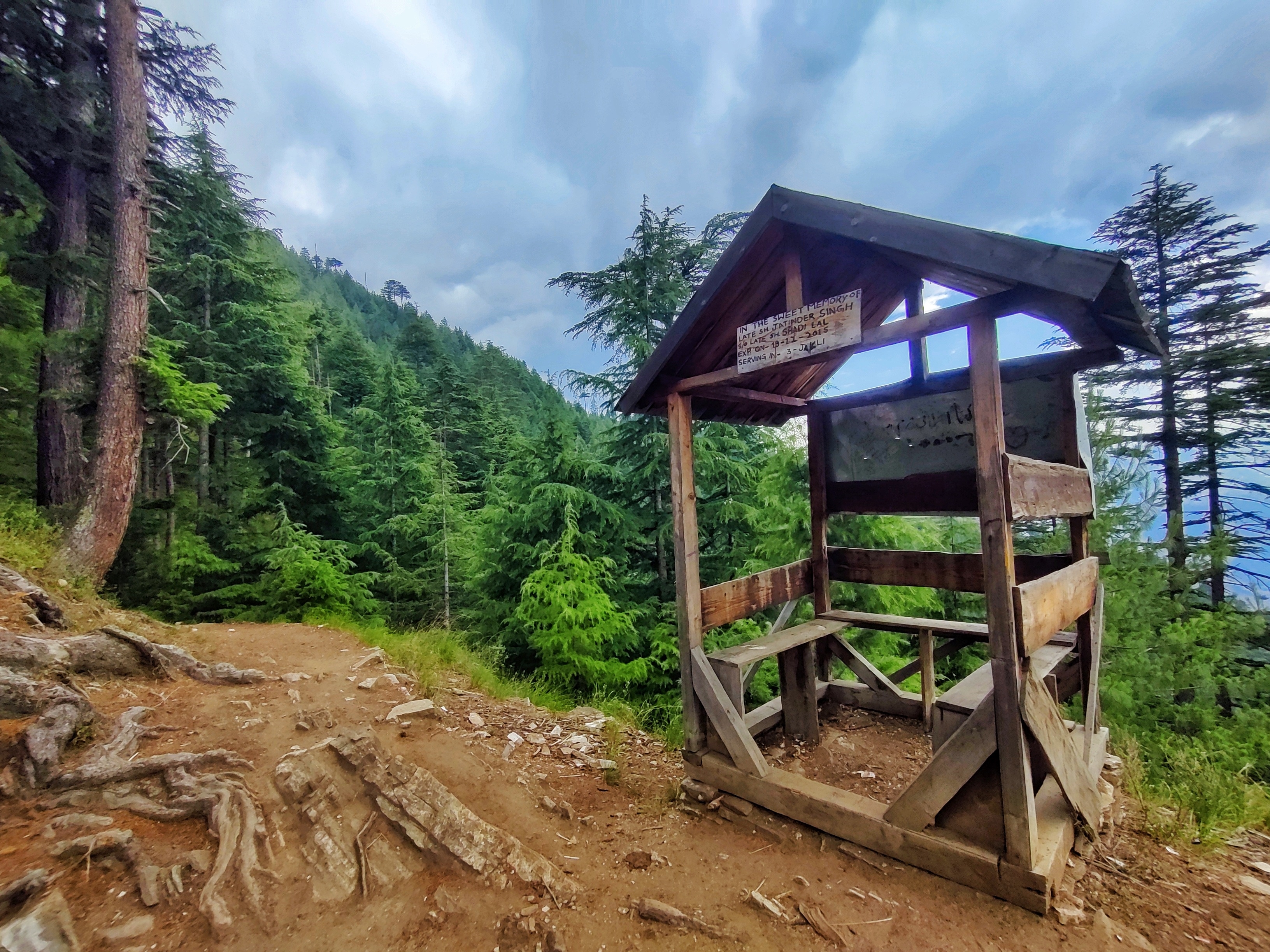Why I Choose ‘Chenabi’ as Our Identity
I’ve been called a lot of things lately—some kind, some not so much. But when I talk about my home, the Chenab Valley, and call us “Chenabi,” it’s not just a word I throw around lightly. It’s a label I’ve come to embrace, one that feels like a heartbeat for the people of Doda, Kishtwar, and Ramban. Over the past few days, especially after my posts on X sparked a heated debate, I’ve felt the need to explain why “Chenabi” matters to me—and why it should matter to all of us here.
First, let me tell you where I’m coming from. I’m a Kishtwari, born and raised in this beautiful, rugged land of Thathri, where the Chenab River flows like a lifeline. My roots are ethnically Kashmiri, yes, but my heart beats for this valley. Growing up, I saw how our people—Kishtwaris, Bhaderwahis, Sarazis, Poglis—share the same struggles: crumbling roads, scarce jobs, and a neglect that’s been handed down for generations. We’ve lost lives to hydroelectric projects that bring power to others but leave us in the dark. When I look at my neighbors and relatives, whether they’re from Doda or Ramban, I see a shared story, a shared fight. That’s where “Chenabi” comes in—it’s not about erasing our differences but bringing us together under one roof.
Some have accused me of pushing a “Kashmiri agenda” or ignoring our local identities. I get it, and I hear the frustration. A friend on X, Akatsuki, called me out, saying I’m overlooking the rich tapestry of who we are—Kishtwari, Bhaderwahi, and more. I respect that. I am one of you, a Kishtwari proud of my heritage. But here’s the thing: “Chenabi” isn’t about replacing those identities; it’s about giving us a collective voice. Imagine a family—each member has their own personality, but they stand as one when the house is at stake. That’s us. When I say “Chenabi,” I mean every Kishtwari, every Sarazi, every soul in this valley who’s tired of being overlooked by Jammu and Srinagar alike.
This identity isn’t just emotional; it’s practical. For years, we’ve been lumped into the Jammu division, where decisions are made far from our hills. The Divisional Commissioner in Jammu can’t visit us regularly—how can they understand our needs? Our streets flood, our kids lack schools, and our voices barely reach the top. That’s why I’ve been pushing for a separate division for the Chenab Valley. And “Chenabi” is the flag we can rally under to demand that change. It’s a way to say, “We’re here, we matter, and we won’t be silent.”
I know not everyone agrees. Some want us to align with Kashmir, others insist we belong to Jammu. I respect those views, but I see Chenab as its own story. We’ve been neglected by both sides—Jammu’s focus on the plains, Srinagar’s on the Valley. A recent post on X suggested splitting us into a Jammu state, but I can’t accept that. It feels like another way to erase us. “Chenabi” is my stand against that—it’s a reminder that we have a right to shape our future, not just follow someone else’s map.
To my critics, I say this: I’m not here to divide or dominate. I’m here because I’ve seen my people suffer—families mourning losses from dam accidents, kids walking miles for education. When I posted about our neglect, the support I got from folks like Burhan and Sabir warmed my heart. But the pushback, the doubts—they’ve made me think harder. That’s why I’m writing this: to bridge the gap. “Chenabi” is a call to unity, not uniformity. It’s about pride in our diversity while fighting for the basics we deserve.
So, yes, I’ll keep using “Chenabi.” It’s not just a word—it’s a promise. A promise that we’ll lift each other up, that we’ll demand our share of development, that we’ll carve out a place where Kishtwaris, Bhaderwahis, and all of us can thrive. This is our valley, our home, and I believe with all my heart that together, as Chenabis, we can make it ours again.
